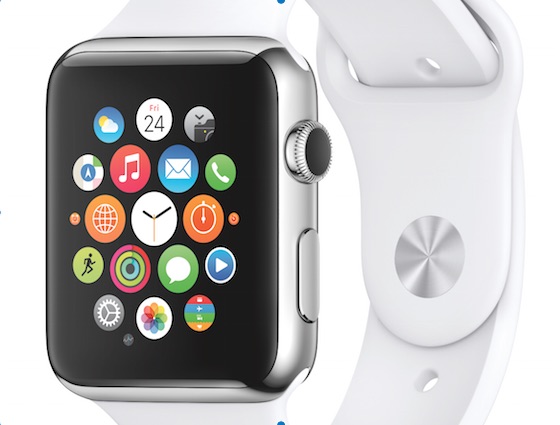Ahead of its launch the Apple watch has been criticised for its price and upmarket focus but the product shows what it costs to manufacture high quality goods along with the limitations of both 3D printing and crowdfunding.
In its Watch Craftsmanship videos Apple shows off some of the workmanship that goes into manufacturing the device and the Atomic Delights blog has a deep look at the processes and the design decisions behind the company’s choice of techniques.
What Apple’s series shows is that making top end devices is capital intensive and very, very hard. It also puts lie to the idea that raising a few thousand, or even million, dollars on Kickstarter will get a luxury item to market.
I see these videos and I see a process that could only have been created by a team looking to execute on a level far beyond what was necessary or what will be noticed. This isn’t a supply chain, it is a ritual Apple is performing to bring themselves up to the standards necessary to compete against companies with centuries of experience.
It’s clear Apple isn’t stepping back or making any compromises in making its mark on the watch industry, even though the entire global market for timepieces is less than one quarter’s income from the iPhone.
At the other end of the market the 3D printing revolution continues with Feetz raising $3 million for its customised shoemaking operation.
While Feetz is an impressive and quirky business with great promise it shows the rough-and-ready face of the makers’ movement and the businesses relying on 3D printing services, it’s a world away from the Apple Watch.
While both crowdfunding and 3D printing are going to have a massive effect on business and manufacturing, the truth is that other manufacturing methods are still going to be used by deep pocketed companies. Nothing is ever as simple as we think.
Similar posts:



